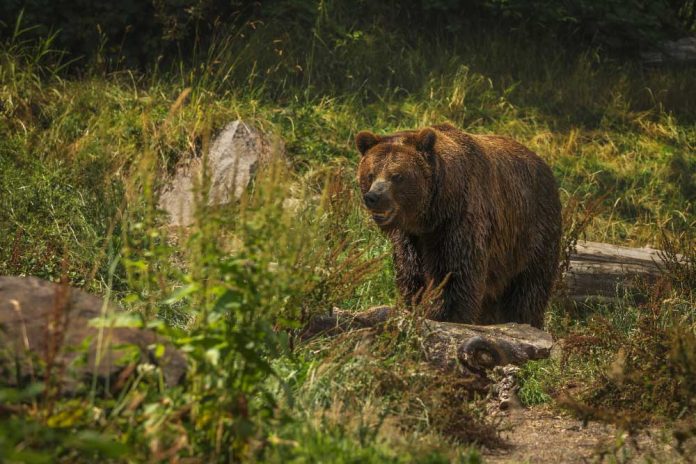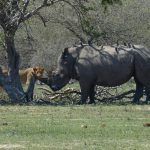Close encounters to bears are often filmed with a mobile phone and could be dangerous for the animals’ future well-being, educator explains.
Wildlife photographer Liz Barrett commented about an eight million views social media post featuring a viral video of a black bear encounter in Whistler, Canada from last month, while trying to underline that it is too often that people handle this kind of situation the wrong way.
“You could have just raised your voice and chased it away. Instead by capturing the moment you encouraged it and created a sensation,” Barrett said.
Unfortunately, according to the Conservation Officer Service (COS), the bear in the video has to be put down as it showed food-conditioned behaviour “compromising public safety.”
“You passed it on to social media. Thinking that these bears are cuddly little things that you can turn around and take a selfie with. Inevitably the bear is the one that suffers”, the officer stated.
As human-wildlife conflicts are increasing in the Canadian province, Devin Pawluck, the WildSafeBC co-ordinator, explains that photographing o recording bear encounters might trigger the wild animals to become more comfortable around humans and harm them in the long term.
“You want to be responsible and respect their space and never encroach or entice an animal to come towards you to take any kind of video or photo,” Pawluck added.
Erin Ryan, wild animal welfare specialist at the B.C. SPCA, also declared that social media has considerably affected wildlife photography, as more and more people take photos of the animals from close distances, without adequate photo&video equipment.
“There has been some research showing that for a lot of people who grew up in the age of social media, that seeing a bear is almost just as important to them as sharing the photo that they saw of the bear,” Ryan commented.
The same aspect is stressed out by Christine Miller from the North Shore Black Bear Society.
“When you’re following a bear like that, filming it and, you know, giving a commentary that’s harassing the bear, the bear should be given space to find his way,” she stated.
On the other hand, in order to diminish habituation and conflict, social media can be resourceful by providing information n how to behave during wildlife bear encounters. Information on how to live or hike safely in remote wild areas are available across all social media channels, as the B.C. COS already urged people to “keep wildlife wild” and educate themselves on these subjects.
Source: cbc.ca










